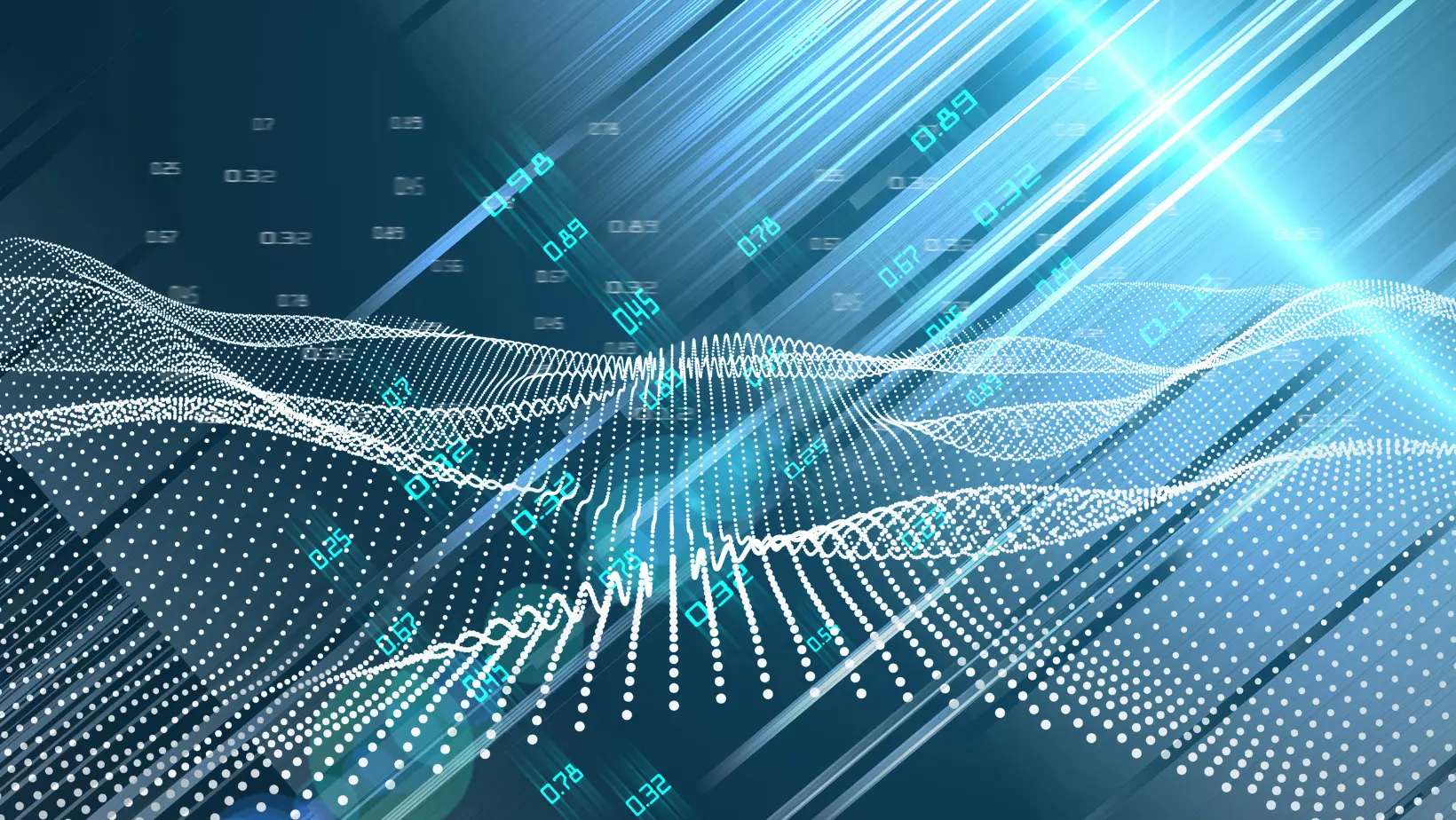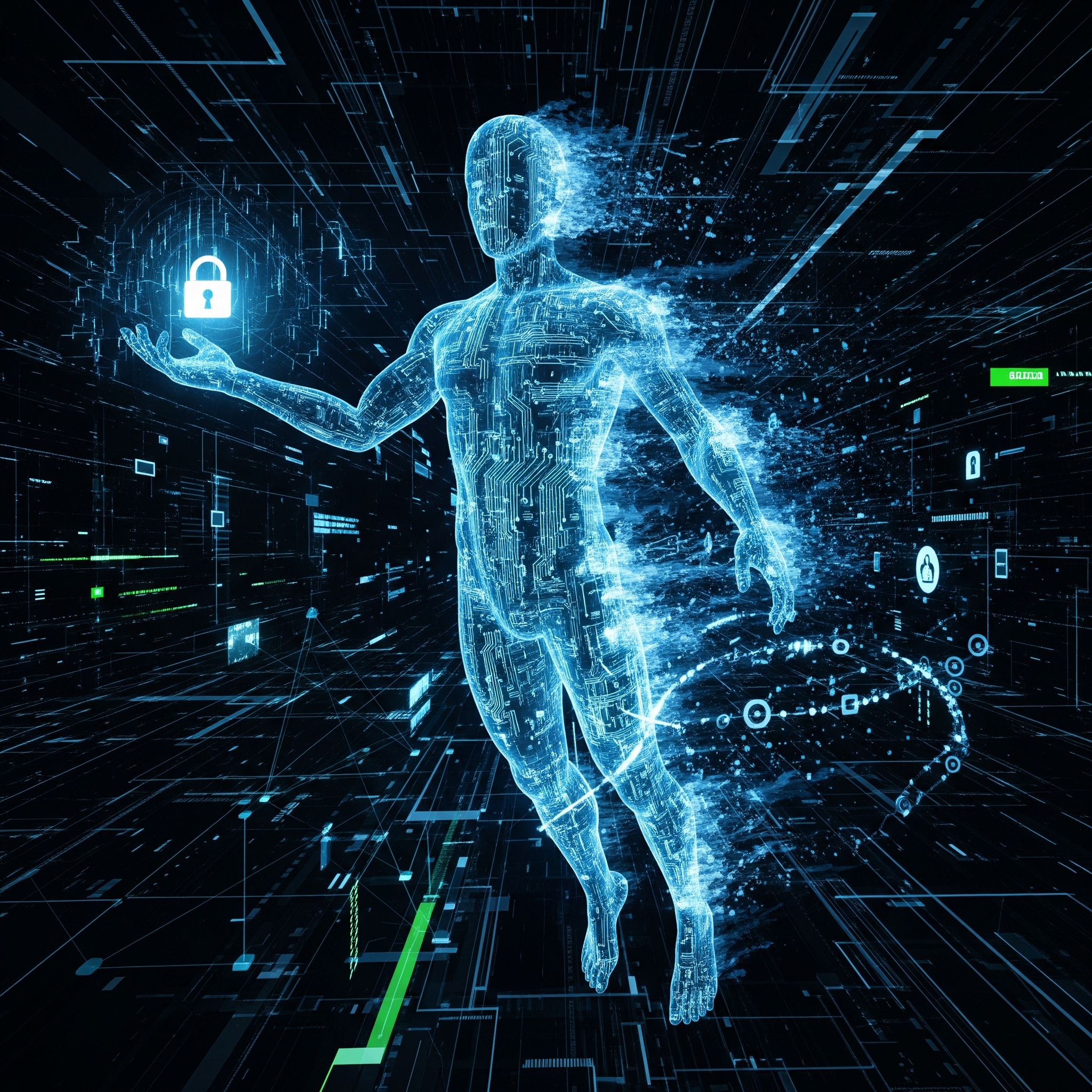How will IAM architecture redefine your cybersecurity strategy in 2026?
Identity and Access Management (IAM) is no longer just a supportive utility; it is the central perimeter of modern cybersecurity defence. In 2026, implementing a robust IAM framework acts as the "single source of truth" for digital identity, preventing unauthorised lateral movement and data exfiltration.
As organisations face increasingly sophisticated attacks, ranging from credential stuffing to insider threats, IAM shifts security from static network boundaries to dynamic, identity-centric controls. By unifying user governance, organisations effectively close the security gaps left by fragmented legacy systems and shadow IT.
Why is centralised identity management the foundation of zero trust?
Centralising user identity management creates a unified defence layer that eliminates the visibility gaps inherent in siloed systems. When identities are scattered across multiple applications, security teams cannot effectively enforce policies or detect anomalies in real time. A centralised repository ensures that every access request is verified against a master dataset, ensuring consistent application of security protocols across the entire enterprise infrastructure.
- Unified Visibility: Administrators gain a holistic view of user behaviour, making it impossible for "ghost accounts" to hide in neglected subsystems.
- Policy Enforcement: Changes to security policies (e.g., password complexity, lockout timers) are propagated instantly across all connected environments.
- Risk Reduction: The case studies in our recent e-book, "Securing identities for hybrid staff", confirm that decentralised management significantly increases the attack surface.
How do granular access controls limit the "blast radius" of a breach?
Granular access controls rigorously apply the Principle of Least Privilege (PoLP) to ensure users can only access data strictly necessary for their specific roles. By moving away from broad, "all-or-nothing" permissions, organisations minimise the potential damage if a single account is compromised. This containment strategy prevents attackers from moving laterally through a network to access sensitive intellectual property or customer databases.
- Role-Based Access Control (RBAC): Assigns permissions based on static job functions, ensuring consistency for standard roles.
- Attribute-Based Access Control (ABAC): Evaluate context (location, device, time) to make real-time access decisions, essential for remote workforces.
- Blast Radius Containment: Limiting privileges ensures that a compromised marketing intern account cannot access financial ledgers or developer environments.
How Identum Solves This
Identum’s platform integrates directly with HR systems to map granular permissions to specific job codes. This ensures that a user’s digital privileges automatically contract or expand exactly in alignment with their official HR status, removing the human error often found in manual permission setting.
Why are enhanced authentication mechanisms mandatory in 2026?
Relying solely on passwords is a negligent security practice in an era of automated brute-force attacks and sophisticated phishing. Enhanced authentication mechanisms, such as Multi-Factor Authentication (MFA) and biometrics, add critical friction that stops unauthorised users even if they possess valid credentials. Modern standards like FIDO2 and adaptive authentication analyse risk signals, such as impossible travel or unfamiliar devices, to challenge suspicious login attempts dynamically.
- Multi-Factor Authentication (MFA): Requires proof of knowledge (password), possession (token/phone), or inherence (biometric).
- Adaptive Security: Dynamically steps up authentication requirements based on the risk level of the request.
- Credential Theft Mitigation: The 2025 Verizon DBIR strongly recommends that MFA should be mandatory, especially for externally facing systems and remote access.
How does automated provisioning eliminate the insider threat window?
Automated provisioning and de-provisioning processes instantly revoke access the moment an employee leaves, effectively neutralising the threat of dormant accounts. Manual offboarding often leaves a dangerous lag time—days or weeks where a former employee retains access to sensitive company data. Automation ensures that access rights are inextricably linked to employment status, removing the reliance on IT helpdesk tickets to close security loopholes.
- Instant Onboarding: New hires are productive immediately with the correct tools, without waiting for manual IT setups.
- Zero-Lag Offboarding: Access is cut simultaneously with HR termination, preventing data theft by disgruntled former employees.
- Orphaned Account Prevention: Automatically detects and disables accounts that no longer have an active owner in the HR system.
How Identum solves this
By synchronising directly with your primary HR data source (e.g., Visma, Unit4), Identum eADM automates the entire lifecycle. When an employee is marked as "terminated" in the HR system, Identum triggers an immediate lockout across all connected IT systems, reducing the window of vulnerability to near zero.
How does continuous auditing satisfy NIS2 and GDPR compliance?
Continuous auditing transforms compliance from a periodic panic into a perpetually active state of verification. Regulatory frameworks like GDPR and the NIS2 directive demand rigorous proof that organisations know exactly who accessed what data and when. IAM solutions provide immutable logs of every authentication event and authorisation decision, offering the forensic trail required for both regulatory audits and post-incident investigations.
- Real-Time Monitoring: Alerts security teams to anomalous behaviour patterns, such as mass file downloads or after-hours access.
- Audit Trails: Precise timestamps and user IDs provide the evidence needed to prove compliance during external audits.
- Incident Response: Detailed logs allow forensic teams to reconstruct an attack timeline rapidly, reducing recovery time objectives (RTO).
Strategic Advice by Role
For IT Managers
Focus on the reduction of helpdesk tickets. Implementing an IAM solution with self-service password resets and automated provisioning frees your team from Tier-1 support tasks, allowing them to focus on strategic infrastructure projects.
For CFOs
View IAM as a cost-containment mechanism. By automating licence management, you can identify and reclaim unused software seats (SaaS waste) and reduce the massive financial liability associated with data breaches and regulatory fines.
For HR Directors
IAM aligns IT security with HR processes. It ensures that your HR data serves as the "single source of truth," meaning onboarding and offboarding experiences are seamless, professional, and secure for every employee.
Frequently Asked Questions
Does IAM replace the need for a VPN?
No, but it significantly reduces reliance on it. While VPNs secure the network tunnel, IAM secures the actual entry point to applications. Modern "Zero Trust" architectures often use IAM to verify identity before granting access to specific apps, removing the need for a full network VPN for many users.
How long does it take to implement a centralised IAM solution?
Implementation timelines vary based on complexity. A basic deployment for a mid-sized organisation can take 4-8 weeks, while complex enterprise integrations may take 3-6 months. However, linking a solution like Identum to an HR system can often show value within 2-3 months.
Can IAM systems detect compromised accounts automatically?
Yes. Modern IAM tools use User and Entity Behaviour Analytics (UEBA) to establish a baseline of normal activity. If a user suddenly logs in from a different continent or accesses sensitive files they never touch, the system triggers an alert or forces a step-up authentication challenge.
Is IAM relevant for small businesses (SMBs)?
Absolutely. SMBs are frequent targets for cyberattacks because they often lack dedicated security teams. A cloud-based IAM solution provides enterprise-grade security controls (like MFA and automated offboarding) at a scale and price point accessible to smaller organisations.
Securing Identities for Hybrid Staff
Download our latest whitepaper to understand how IAM directly contributes to minimising risk and cost.

.png)
